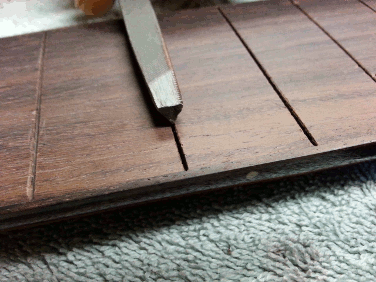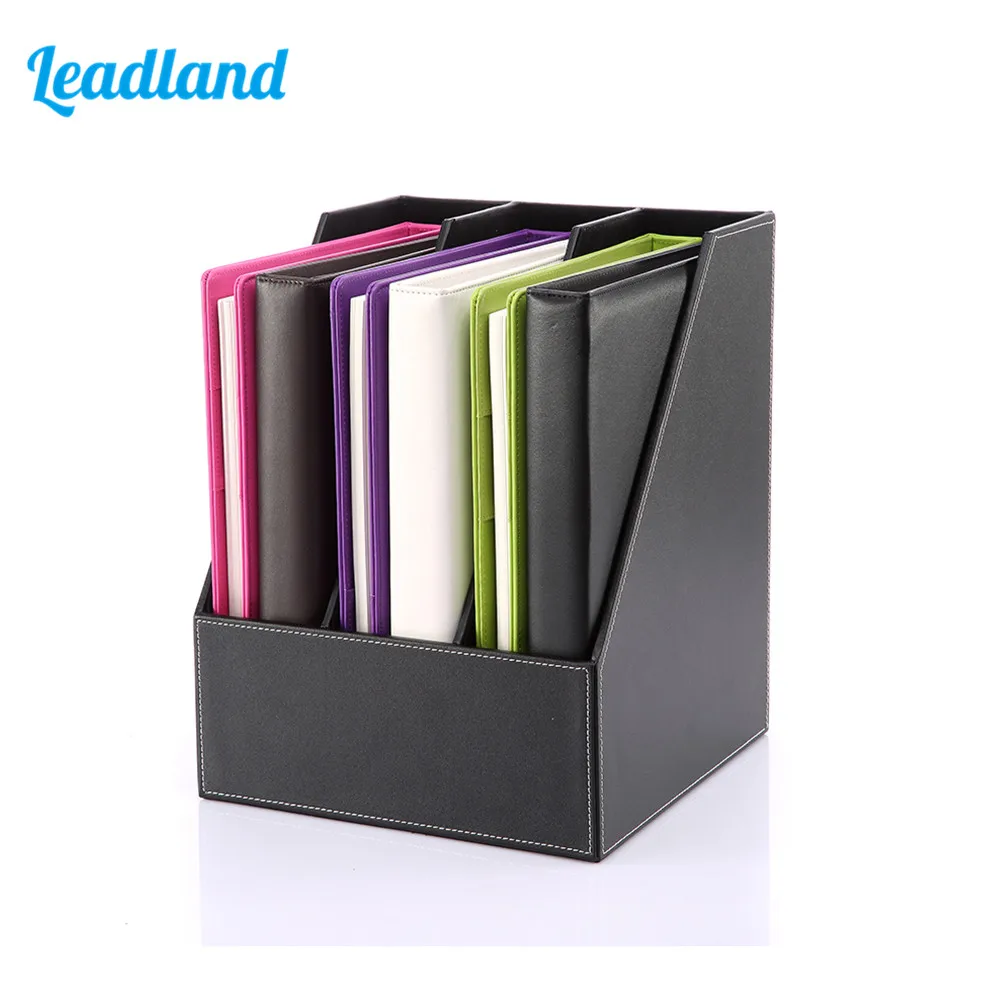Filling Fret Slots Ends
I’m going to say this up front: as a child of the 70’s, I got into music in the 80’s. I got my first turntable at age 8, back in ’84. I missed Jaco first time around, and although I respect where he took the electric bass, I have never really got into him since.
- Filling Fret Slots Ends Double Diamond
- Filling Fret Slots Ends No Deposit
- Filling Fret Slots Ends Bonus
- Filling Fret Slots Ends Quick
Anyway, Bill Wyman of the Rolling Stones is generally accredited with being the first guy to defret a fretted electric bass, and his bass playing is pretty much as solid as you could ever want. There’s also some sweet and subtle fretless work in Pink Floyd (“Hey You” “Learning to Fly” “A Pillow of Winds”), but probably THE reason for me getting the fretless bug was Pino Palladino’s utterly killer bass playing in “I’m Gonna Tear Your Playhouse Down” by Paul Young. Bakithi Khumalo’s bass lines on Paul Simon’s “Graceland” certainly helped fuel the fire.
I’d been taking an SX Precision copy as a backup bass to gigs, but it got bumped out of rotation when I scored a 1976 Aria Pro II ‘Professional Bass’. I’d wanted to defret a bass for a while, so the one I paid a whole $103 for seemed to be the perfect candidate!
One of my secret shames is having brutally defretted an old Gibson EB-0 copy, back in my uni days, using a pair of nail-clippers. Never finished that job, so I vowed I’d get over the line with this one. OzBass forums user PilbaraBass mentioned using timber veneer from Bunnings as fret markers; sure enough, I was able to pick up 5 meters of iron-on Maple veneer for under $10. So, time to begin the defretting process again, with a little more care this time around! I removed the neck prior to starting, and I’d oiled the fretboard earlier, just in case it was a little dry. Supposedly it may help the frets ease out if you really saturate it before the job.
- The neck was then finished in polyurethane right up to the edges of the fretboard, with the poly filling in the recesses at the slot ends. You could see the recessed fret ends through the translucent finish. As the frets were not seated to my liking (and were over-arched slightly, with10-inch radii vs a 12-inch radius board!).
- Take your playing to the next level with the help of a local or online banjo teacher. Email Newsletter. Weekly newsletter includes free lessons, favorite member content, banjo news and more.
Some fret wire has a twist pressed into the tang to make it wider. Do your best to level the tang side until you can push it end and remove it from slots easily. You can try flattening this with pliers or press but be careful to avoid twisting the fret wire or lengthening the depth of the tang. 7: Fill the slots with a hardwood laminate. Now, these can be found at most hobby shops, on eBay, or you can make them yourself if you have acess to a thicknessing drum sander, or you're really patient with a sanding block. You'll probably end up hand-sanding the laminate a little bit, though. Some CA will wick into the wood at the ends of the fret slots and harden it just a bit. This makes it grip the ends of the fret tang better at those places and hold it in place more securely, which also helps to prevent those pesky fret ends that want to pop up sometimes.

It’s worth mentioning the tools used – this is a cheap project:
- cheap pair of end-nippers, tips filed down
- soldering iron
- old coping saw blade (you could also use a hacksaw or craft knife)
- scraper
- scissors
- F-clamp
- tack hammer
- mineral turpentine
- 3/4″ wood chisel
- 120, 180, 240, 320, 400 & 600 grit wet & dry sandpaper
- 0000 grade steel wool
- lemon oil based ‘fretboard conditioner’
For each fret, I’d hold the soldering iron on the end I was going to pull first for long enough to transfer some heat (this helps the wood release the fret more easily), then move the iron along a bit while I levered the fret up. I basically walked the nippers along behind the iron until the fret popped free, then repeated the process another 20 times. Took maybe half an hour. For this fretboard (rosewood), it worked a treat.
Filling Fret Slots Ends Double Diamond
There was the usual chatter from the fret tangs and maybe half a dozen little (<2mm) chips that started pulling out, but no clean breaks. I wicked a bit of superglue into the chips to hold them down during sanding, then knocked it back with some 180 grit. By the way, for those playing at home, it’s the little rips from the fret tangs that make the wood filler method look so nasty. I cleaned out the slots with a coping saw blade that just happened to be the perfect width.
In order to use the timber veneer for position markers, you first need to remove the adhesive from the back. I cut off a length that would be about enough to do 21 frets (and some spares). Clamped one end down to the ‘workbench’ (my old outdoor table, seen better days!), got a green scourer and some turps and loosened up the adhesive. Scraped off the gunk with a blade, wiped down with some paper towel & repeated the process a second time to my satisfaction.
Filling Fret Slots Ends No Deposit
It was then just a matter of cutting the strip to the widths needed (with enough to hang over the sides), and checking the fit. It turns out that these fit the slots perfectly – nice and snug, but not much force to get them in. The thing to check is whether they’re sitting flush or not – most manufacturers radius the fret slots so there’s less void space in the fretboard. I’d figured that this was such a cheap instrument that I could get away with it, but that turned out not to be the case. I ended up giving the underside of the markers a quick and nasty radius, just enough to stop them rocking in the slot.

A brief diversion: this is Martin Koch’s recipe to build a radius sanding block. If you’ve got enough scrap timber to put one together, you can save yourself a bit of cash. Alternately, make one 3 feet long and you can do the whole neck in one hit!
To install the fret markers, I ran a line of glue over the slot, quickly seated the veneer, tapped it in with a hammer and then wicked more glue along the slot. I didn’t get perfect placement of all the markers, but it looks good enough for an SX!
Once the glue had dried overnight, I took to the veneer with a wood chisel (very carefully – haven’t used one since Shop A in junior high) to knock the worst of it down. Just take your time, keep the chisel at a flat angle relative to the fingerboard and NEVER position your hand in front of the chisel!
Filling Fret Slots Ends Bonus
I then used 120 grit on a plain sanding block to lightly work the bumps out, making some effort to follow the existing radius.All you’re doing here is getting the worst of the veneer ridges and superglue overflow off; don’t go crazy with the paper at this stage.
As per Martin Koch’s plans, I made a mongrelised radius block from scrap wood. It didn’t work out too well for a 12″ radius as the wood pulls into a v shape when screwed all the way down. As is, it’s about 18″ radius. Ideally, you’d make one about 3′ long and clamp it to your bench, as I mentioned earlier, but there’s just no way I could get it plumb with my limited tools.
I had a few issues with sanding, but there’s plenty of meat left on the fingerboard so I’ll leave it alone for the time being and see how I get on. It’s a tad lopsided down at the bridge end, maybe elsewhere too. I worked up from 180 grit to 600 grit with my radius block, then rubbed in lemon oil with some 0000 grade steel wool. Incidentally, I rolled the edges with a screwdriver shaft, then gave it a very light sand before the oiling, just to take the harshness out of the fingerboard edge and make it feel more ‘played in’.
Filling Fret Slots Ends Quick
After the oil had dried, I gave the fretboard a quick buff with a clean rag & reinstalled the neck. Lowered the nut a fraction to make the action feel the same as when it was fretted, then popped a well-worn set of Fender SS Flats (40 – 95) on. Final step was to adjust the truss rod to lower the relief, then plug into a Boss OC-2 and chorus, and crank out the Paul Young! I did get a little more contemporary with some Roni Size “Brown Paper Bag”, I must confess.
I may not be Jaco’s biggest fan, but I _do_ have the urge to repeat the process with a cheap Jazz bass, and epoxy (or superglue) the fretboard…
c-
Now I'm getting my guitar refretted. It's my first time to do fret job. What I've done is removed all frets. Luckily there aren't that chip out it's rather clean to my eyes.
It's fender Jaguar and seemingly it had original vintage style fret, I ordered the same(to avoid getting an extra work for the tang) so I guess it I can install them with just clean these slots.
Meanwhile I searched and they say that there is a theory after removed all frets.
1, pour a bit of water thin viscosity glue to the slot edge for fix chip out and give them strength.
2,Make sure the straightness of fingerboard and fix the radius.
2,fill up the slots and cut again with appropriate saw.
3.finally install new frets
Should I always go with this way? Also if so, what do I need for fill up the frets?
Just filling up with Tight Bond is enough? or
If I want to install a fret that have more narrow tang, Surely I need to some jobs to slots, but I have no idea what is the right way.
Give me some advise!
Thank you in advance, sorry for my messy English.